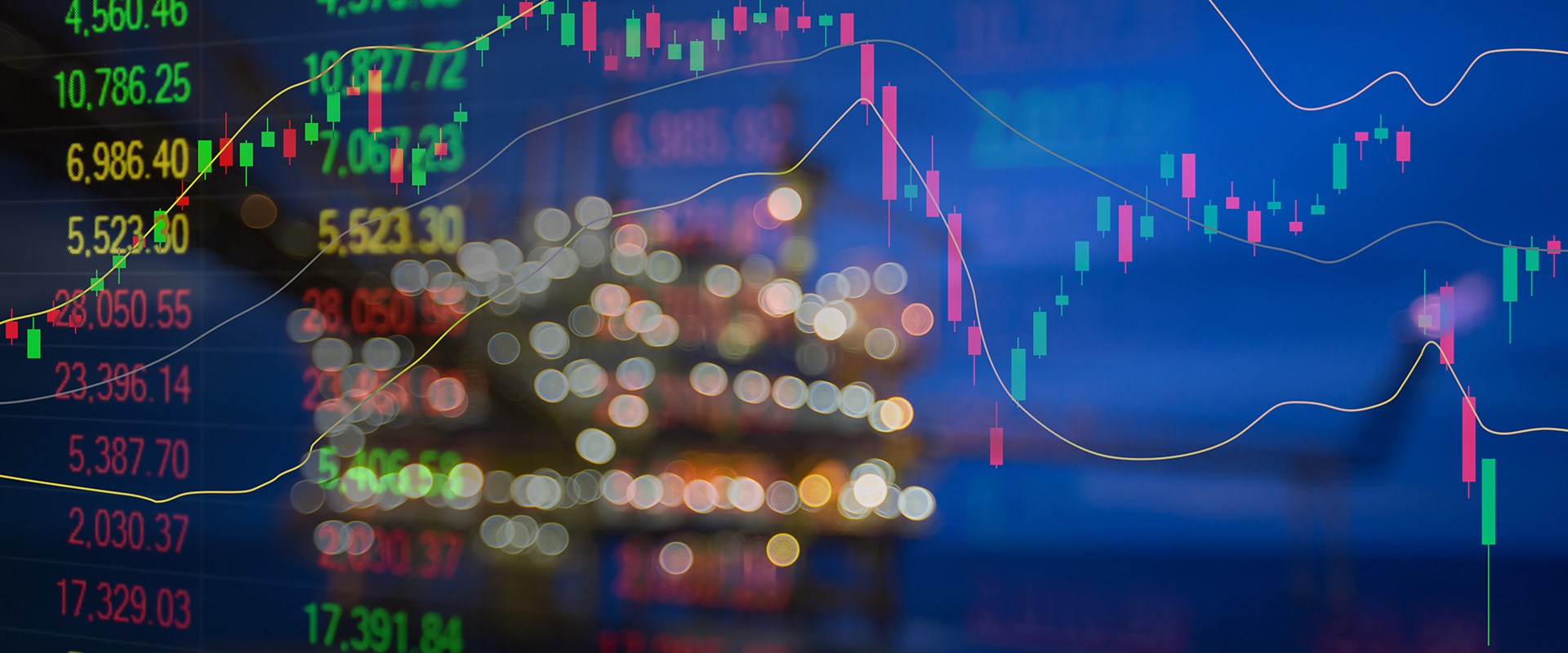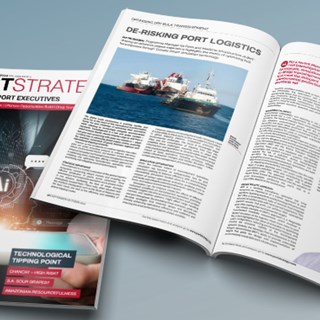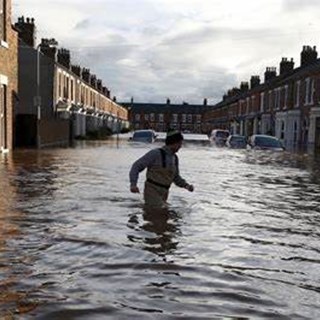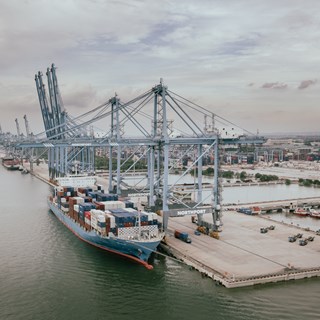
Offshore asset resilience through remote monitoring
How do operators of offshore assets become resilient and prevent increasingly damaging extreme weather events?
8 April 2021
Resilient companies plan for disruption, mitigate the impact, quickly recover and finally adapt their business to future threats¹, which is seen as the gold standard in management that is widely promoted by business journals and media outlets from The Harvard Business Review through to The Economist. However, how do you put theory into practice? Specifically, how do operators of offshore assets become resilient and prevent increasingly damaging extreme weather events?
Preparing for hurricane season and extreme events requires a tremendous effort to create systems and procedures, train personnel and ready offshore assets. As part of getting back to business after the event, offshore operators that are “resilient” are quick to recover. Their secret to a fast recovery is the data they receive during the Hurricane that enables them to begin preparations around disaster preparedness planning and get back to business before operators who lack this critical insight.
In our series of articles and podcasts on Hurricane Readiness, we’ve covered numerous topics; however, the benefits of how a remote monitoring system can get operators back to business quickly are by far the most important.
Jeffrey Lewis, Technical Advisor at BMT, has been helping offshore operators monitor their assets during hurricane season for almost 20 years. He explains the process that operators go through immediately after a weather event.
“If hurricane level winds hit a platform at any point, it triggers certain inspection requirements. The operators need to enter the platform with a certain crew. They need to do some physical inspections of the platform before they can bring the platform back online and get back to business.
In the rare occasion that an event occurs on the platform, often we are able to detect what those problems are and determine whether some kind of damage occurred or something that happened to the platform using the sensors on the independent remote operating system. Then the operator’s engineers can begin to plan repairs and prepare before the weather has cleared.
Trying to get that environmental consulting and planning done as early as possible is important so they can bring the platform back online and ensure any efforts to help improve recovery will reduce project losses. Another event that luckily, we have never seen with one of our systems that we monitor is that if mooring lines break completely, the structure can start floating around. This is a little bit more common maybe with the MODUs as opposed to production platforms. However, sometimes platform will break its mooring and start drifting around and having eyes on the platform is critical to detect this.
Our systems have cameras directed at critical areas of the platform, such as the helideck. So instead of flying an airplane to see that the helideck is clear for a crew to land, you can use the cameras. Cameras also play a critical role for identifying the type of damage or where the damage is located on the platform. The instrumentation might say that there is something broken, however the cameras can be used to help identify the specific damage.”
This approach is applicable for both near-shore and deep-water facilities. However, as BMT’s Head of Data Services, Soma Maroju, points out, “the difference is in how you interpret the data”. Floating structures will have a different data signature than fixed structures, so the motion and indication of damage will differ. They are identifying changes to the system’s tilt and movements to engineers that the asset may require an underwater inspection. Again, this saves critical time in organizing and readying suppliers to recover operations and get back to business quickly.

N/A
The DCN spoke to our climate change risk, resilience and adaptation expert about preparing for the impacts of a changing climate.

N/A
With the UK and beyond facing unprecedented consequences from rising water levels and climate amelioration, BMT are helping our clients in their need for flood alleviation, prediction, mapping and mitigation. James While talks about 5 ways we can assist our clients.

Ian McRobbie
In a Port Strategy feature, Ian McRobbie highlights the merits of optimising bulk transshipment through ‘Climate-Smart’ simulation technology, drawing on extensive project experience

Jaret Fattori
Jaret Fattori's article in Port Strategy discusses how ports are adapting to climate change and IFRS S-2 regulations. Emphasising the shift towards sustainability through digital integration, decarbonisation, and innovative fuel alternatives, he explores the significant role of collaboration in advancing port sustainability and innovation.